Learn to dry fresh herbs without special equipment. Now’s the time to dry basil, oregano, mint, parsley, catnip and many other fresh herbs. It’s easy and all you need is the sun!
How to Dry Fresh Herbs without Special Equipment
Nothing says ‘savor the taste of summer’ like fresh herbs…or herbs dried at the peak of freshness. I love growing herbs and have basil, sage, lavender, lemon balm, mint, dill and chives growing in the garden. Mint and oregano were taking over the raised beds, so I moved those to the edge of the woods. Now whenever I need herbs to make a meal delicious, I just snip off a few leaves and voila – instant flavor.
- Tie up a bundle of herbs and hang them in a hot, dry location;
- Place herbs in a metal dry and let them dry out on their own.
Air-Drying Herbs
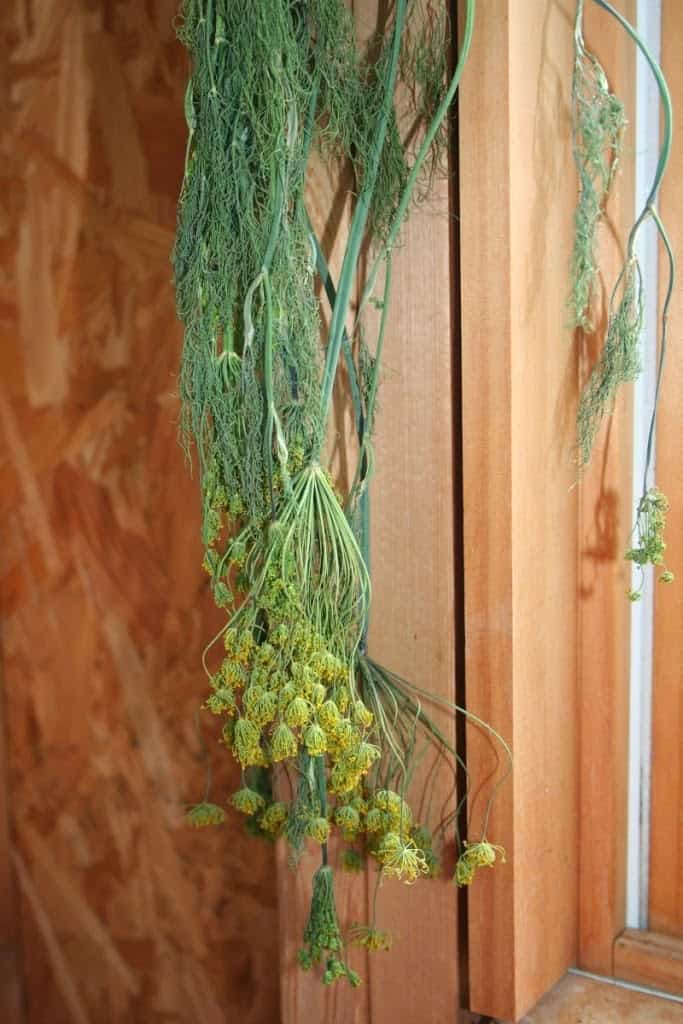 |
| Dill drying in the garage. |
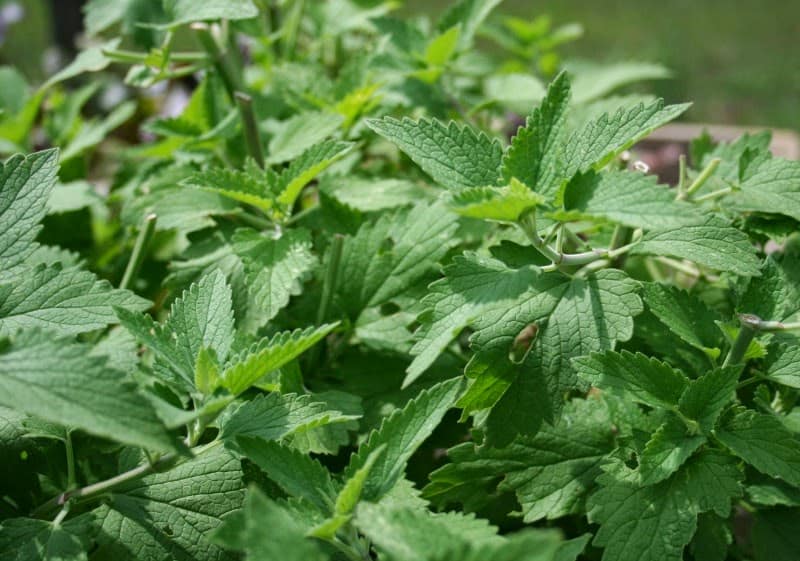 |
| Catnip in the garden… |
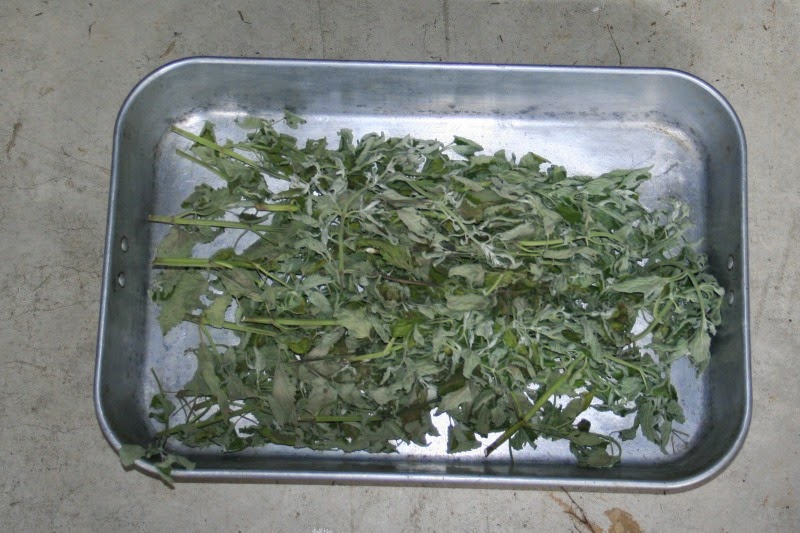 |
| Catnip drying in my garage. |


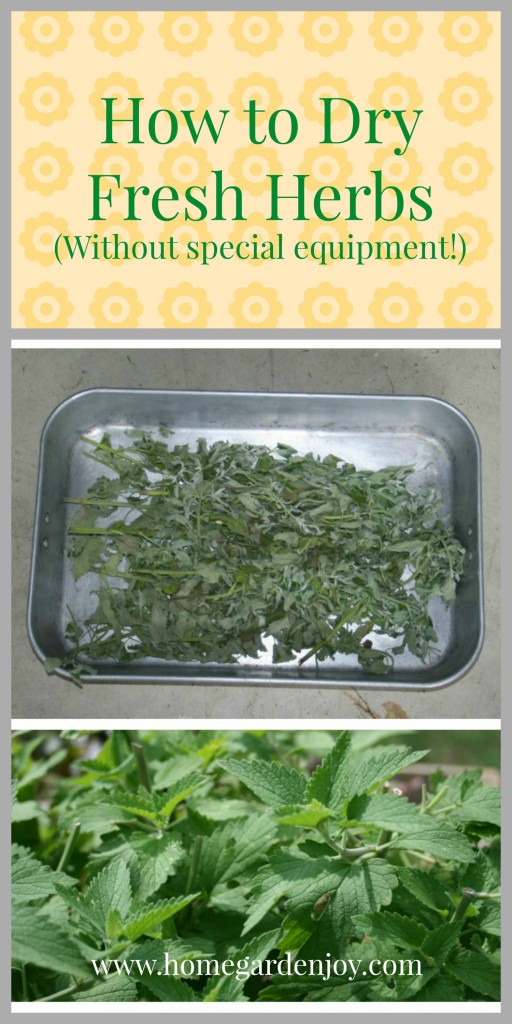
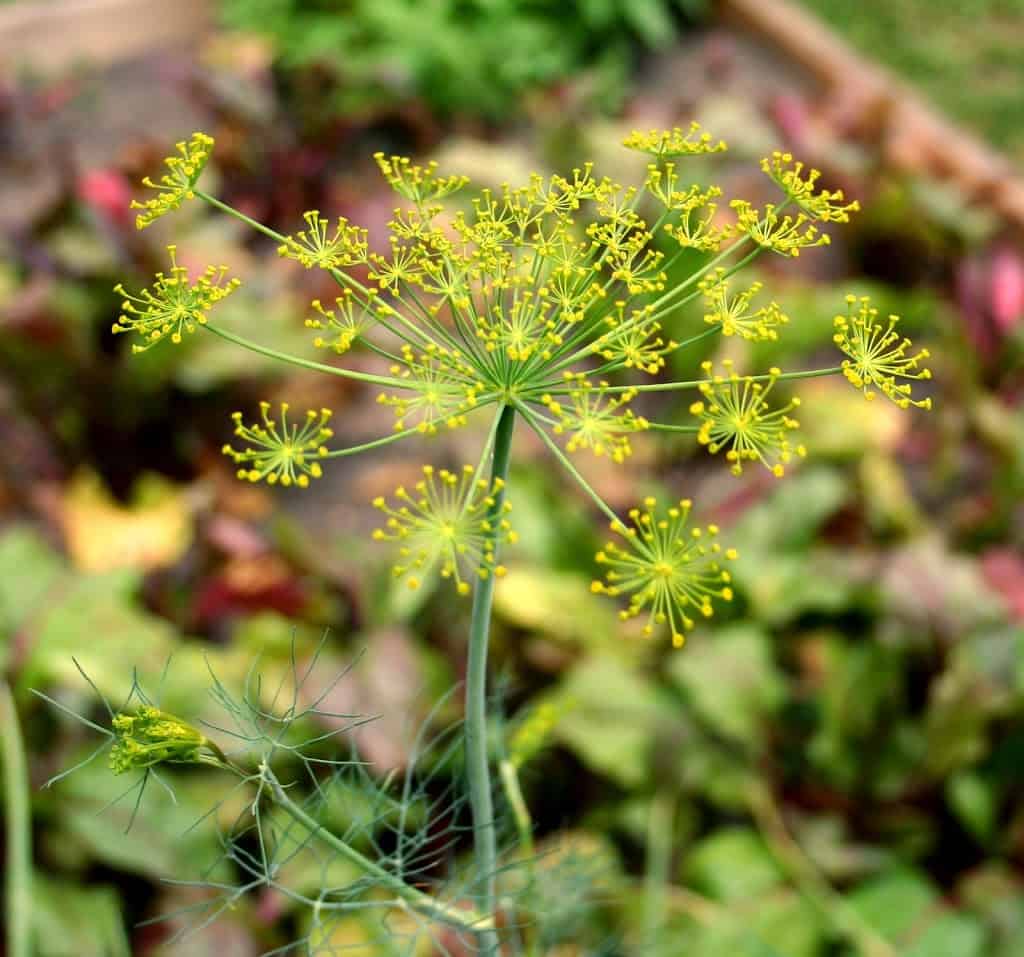




This is so helpful! I always seem to have some herb that grows out of control and I never have been able to find a good way to save it.
I’ve got an overabundance of basil and I’ve never tried to dry fresh herbs before. And you made it look so easy. I’m going to do it!